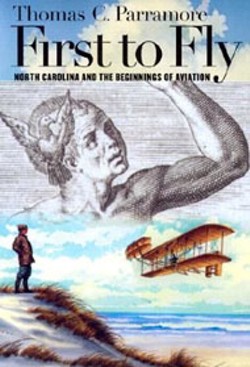The Wrights also didn't make it into Makers of North Carolina History in 1911, or the book's later editions in 1916, 1923 and 1930, says Thomas C. Parramore, a history professor emeritus at Meredith College in Raleigh.
But Parramore, in this volume published last spring, has unearthed the stories of dozens of Carolina characters -- adventurers, showmen, tinkerers, novelists and even newspaper editors -- from those early days of aviation in North Carolina. North Carolinians caught up in the Wright centennial will enjoy Parramore's stories, from the mythical Chowan Indian conjurer to the aviators of World War I.
In 1852, for example, a balloonist's advertisement promoting a balloon exhibition in Statesville assured that citizens with "strictest" religious principles, presumably distressed that mankind would be ascending into the realm of the Almighty while still living, should "feel no repugnance in witnessing" his performance.
We also learn of 15-year-old Delia Jaquin of Charlotte, who was so captivated by a balloon exhibition in 1892 that she got permission from her parents to join the troupe. Within days, she had soloed in the balloon and parachuted out from 4,000 feet.
The Charlotte Observer and its turn-of-the-century editor, Joseph Caldwell, had no peer in the newspaper industry in their conviction that people one day would fly. But the Observer gave little coverage to the events at Kitty Hawk, before or after Dec. 17, 1903.
Parramore's burden is to produce a readable book for a general audience at the same time that he assembles the historical record for the benefit of future historians. He pulls it off pretty well, even though the more extended accounts of intrepid failures gets a little precious after a while.
The sections of the book dealing with the Wrights at Kitty Hawk are Parramore's finest moments. The chapter is not as complete an account as that of Tom Crouch in the authoritative biography The Bishop's Boys, and there are differences in many of the details. But telling the tale from the perspective of the local citizenry makes it distinctive.
Bill Tate, the acting postmaster and assistant weatherman at Kitty Hawk, was the first convert among the Outer Banks community. His family gave the Wrights room and board. Tate would race through his chores so he could head out to help the Wrights. On Oct. 3, 1900, Tate and the Wrights held on to ropes tethering the glider and ran downhill until the craft lifted off the ground, at which point Wilbur hopped onto the lower wing for his first-ever glider ride (an immediate failure). Tate's stepbrother Dan Tate and Dan's 11-year-old son Tom came by two weeks later to see what was going on, and young Tom ended up as 70 pounds of ballast on some tethered flights.
The "surfmen" from the lifesaving station at Kitty Hawk also helped get gliders into the air. Not all had been believers. At a 25-year reunion in 1928, surfman T.N. Sanderson reminded Orville that "I told you not to waste ... time" on flying because it would "never amount to anything."
This chapter alone is worth the price of the book ($18.95 list, $13.27 on Amazon) for aviation buffs.
Latest in Cover
More by Neil Skene
-
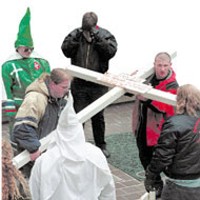
Resisting Liberation
May 26, 2004 -
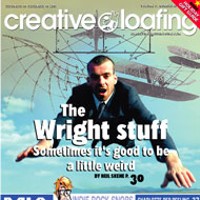
The Wright Stuff
Dec 10, 2003 -

Our Richest Crooks
Dec 25, 2002 - More »
Calendar
-
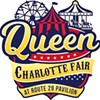
Queen Charlotte Fair @ Route 29 Pavilion
-
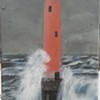
NEW WINDOW GALLERY-Pat Rhea-ACRYLIC PAINTINGS-April 05-30 2024 VALDESE, NC 28690 @ New Window Gallery/Play It Again Records
- Through April 30, 12 p.m.
-

TheDiscountCodes
-
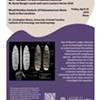
"Blood Residue Analysis of Paleoamerican Stone Tools in the Carolinas" @ Native American Studies Center
- Fri., April 26, 12-1 p.m.
-

Brightfire Music and Arts Festival @ GreenLife Family Farms
-
5 Online Player Communities to Join in Michigan
-
A beginners guide to online sports betting in the US
-
I Changed my Sex. Now What?
Scott Turner Schofield's rapid transit to a new identity

